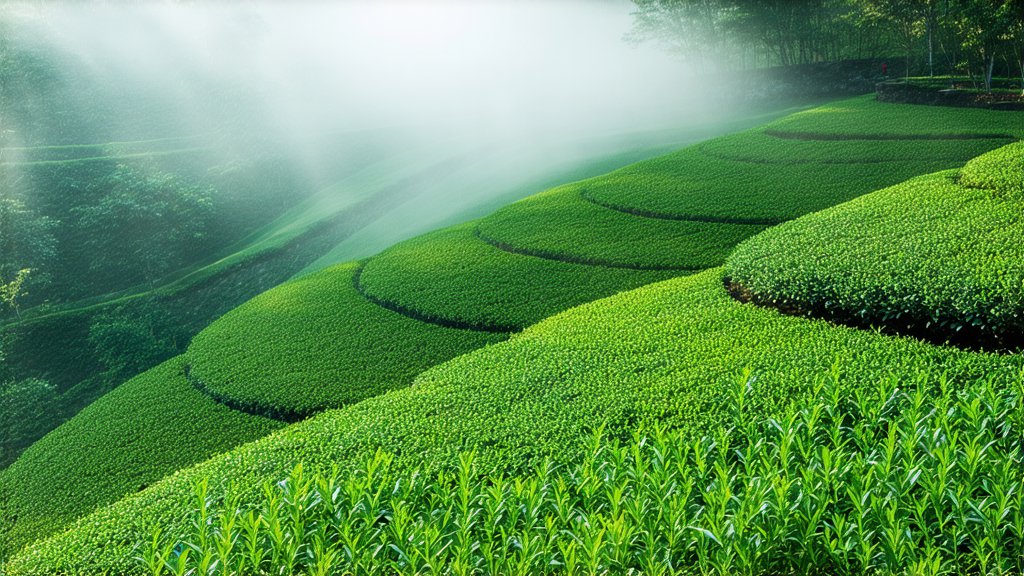
Longjing tea, often referred to as "Dragon Well" tea in English, is a quintessential representation of China's rich tea heritage and its deep-rooted connection with nature. Among the vast array of Chinese green teas, Longjing stands out not only for its unique flavor profile but also for its captivating history and meticulous production process. This article embarks on an exploration of Longjing tea, shedding light on its origins, varieties, intricate manufacturing techniques, and the art of appreciating this exquisite beverage.
Historical Background
The tale of Longjing tea traces back over a thousand years to the Tang Dynasty (618-907 AD), although it gained prominence during the Qing Dynasty when it was designated as the imperial tribute tea. Legend has it that the tea got its name from a well near the village of Longjing (Dragon Well) located by the picturesque West Lake in Hangzhou, Zhejiang province. According to folklore, a divine dragon descended from the heavens to bless the area with clear waters, which in turn nurtured the lush tea plants that grew around it. Thus, Longjing tea became synonymous with purity, elegance, and divine favor.
Varieties of Longjing Tea
Longjing tea comes in several distinct grades, each offering a unique taste experience:
-
Xihu Longjing: Grown in the core region of West Lake, this is considered the finest quality. Its leaves are flat and smooth, resembling the shape of a spearhead, and exhibit a bright green color. Xihu Longjing is prized for its delicate aroma, sweet aftertaste, and chestnut undertones.
-
Qiandao Lake Longjing: Produced in neighboring areas like Qiandao Lake, these teas share similar characteristics but may have slight variations due to differences in soil composition and microclimate. They still maintain high standards of quality and are cherished by connoisseurs.
-
Yuhang Longjing: Grown further away from the West Lake region, Yuhang Longjing represents a more affordable option while preserving the essence of Longjing tea. It retains the characteristic shape and flavor profile but might lack some of the nuances found in higher-grade versions.
Artistry in Craftsmanship
The magic of Longjing tea lies in its meticulous handcrafted production process, which involves several stages:
-
Picking: Only the youngest shoots and leaves, typically the bud and the first two leaves, are selected during the early spring harvest. This ensures optimal tenderness and nutritional value.
-
Withering: Freshly picked leaves are spread thinly on bamboo mats or trays to allow them to lose moisture gradually under controlled conditions. This step softens the leaves and prepares them for shaping.
-
Pan-Frying: The hallmark of Longjing tea processing, pan-frying, is performed skillfully in woks heated to varying temperatures. Master tea makers toss the leaves continuously to prevent burning while simultaneously shaping them into their iconic flat appearance. This step fixes the green color and develops the distinctive umami flavor.
-
Shaping: As the leaves cool down, they are gently pressed between the hands to achieve the perfect flat shape, akin to the blades of a sword. This not only enhances aesthetic appeal but also facilitates even drying.
-
Drying: Finally, the shaped leaves undergo low-temperature drying to remove any remaining moisture, ensuring longevity without compromising flavor or aroma.
The Art of Appreciation
To truly savor Longjing tea is to engage in a multisensory journey that encompasses sight, smell, touch, and taste. Here’s how you can elevate your Longjing tea experience:
-
Visual Inspection: Observe the dry leaves for their uniformity in size and shape, and note the vibrant green hue. Upon infusion, watch the leaves unfurl gracefully, revealing their full beauty.
-
Aromatasting: Before taking a sip, take a moment to inhale deeply. The aroma of Longjing tea should be fresh, vegetal, with subtle hints of chestnut or toasted grains.
-
Tasting: Sip slowly, allowing the tea to coat your palate fully. Notice the initial sweetness followed by a lingering umami finish. The texture should be smooth, with no astringency or bitterness.
-
Aftertaste: Pay attention to the aftertaste, which should be clean, refreshing, and slightly sweet, leaving a pleasant lingering sensation.
In conclusion, Longjing tea is not just a beverage; it embodies centuries of tradition, artistry, and a profound respect for nature. From its legendary origins to its meticulous craftsmanship and nuanced flavors, each cup of Longjing tells a story that transcends time and culture. Whether you're a seasoned tea enthusiast or a curious newcomer, exploring the world of fine teas, Longjing offers an unforgettable experience that invites you to slow down, savor the moment, and appreciate the simple yet profound pleasures of life.